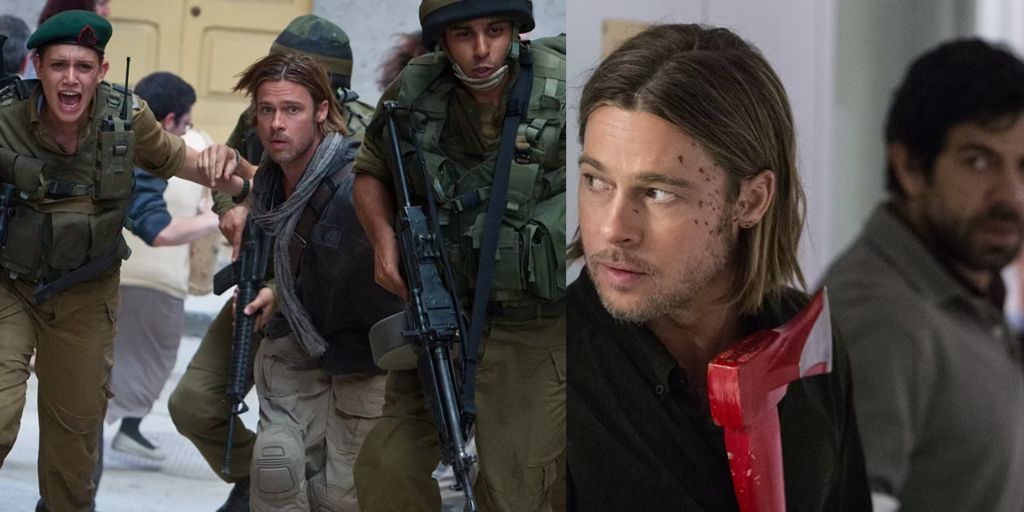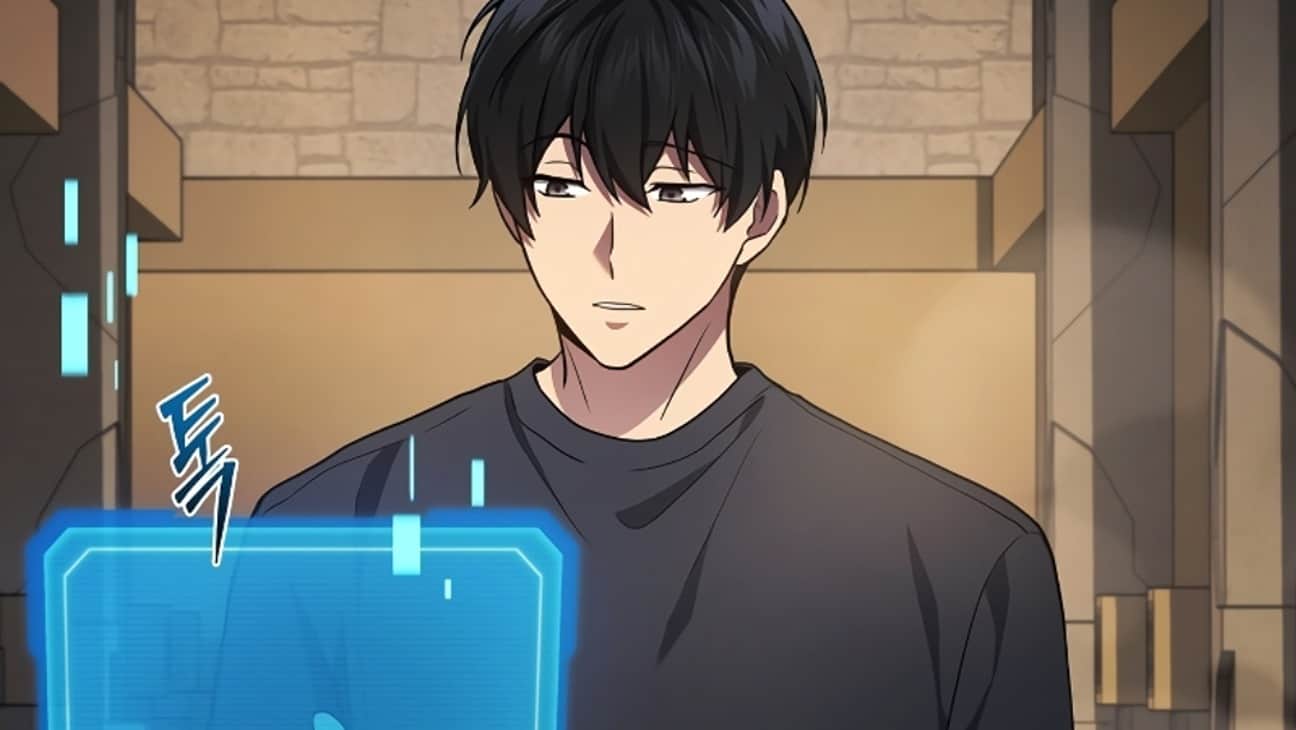Brad Pitt’s 2013 action-packed zombie apocalypse movie World War Z became one of the most successful and high-grossing films in the zombie genre. With a massive budget and intense action, the film had the potential to kick off a franchise.
The open-ended conclusion seemed to set up a sequel. However, more than ten years later, no sequel has ever been made. One major reason may be that the film’s production process was incredibly troubled, filled with problems almost as chaotic as an actual zombie outbreak.
The movie is loosely based on the 2006 novel World War Z by Max Brooks. The novel, written as a series of interviews with survivors of a global zombie war, takes a very different approach from the film.
In the movie, Brad Pitt plays UN investigator Gerry Lane, who must protect his family while traveling the world in search of a cure to stop the fast-moving zombies. The movie focuses on action and high-stakes drama, which was a significant departure from the structure of the book.
The Start of Production Faced Major Issues
Before Brooks’ novel was even published, there was intense competition among studios to secure the rights to adapt it for the big screen. The bidding war came down to Brad Pitt’s production company Plan B and Leonardo DiCaprio’s company Appian Way.
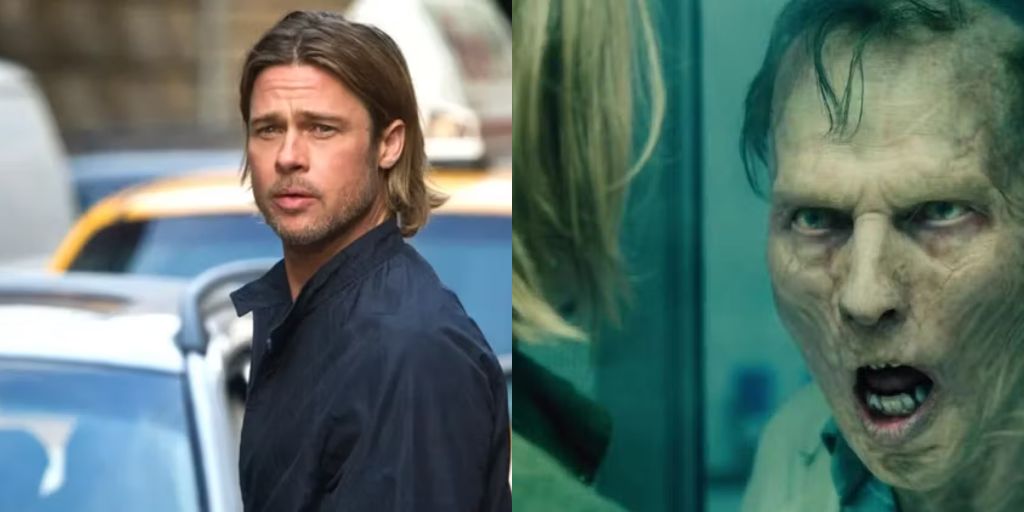
In the end, Pitt’s company won the bidding and acquired the rights in 2006, partnering with Paramount to produce the film. The team brought on Michael Straczynski, the writer of Thor and Underworld: Awakening, to create the screenplay.
A draft of Straczynski’s script was leaked online in 2008 and received a lot of praise from critics. Some even compared it favorably to Children of Men, calling for big-name horror directors like Peter Jackson or Sam Raimi to bring it to life.
However, Pitt decided to work with Marc Forster, who had directed Quantum of Solace. This choice, while understandable given Forster’s background in drama and action, ended up causing many of the film’s issues later on.
Immediately after starting work on the project, Forster and Straczynski disagreed on the direction of the movie. Straczynski’s script took a more thoughtful, serious approach, similar to the tone of the original novel. In contrast, Forster wanted a fast-paced action movie.
Straczynski delivered a revised script in December 2008, but Forster was still unsatisfied. Eventually, Straczynski either left the project or was fired, and Matthew Michael Carnahan, the writer behind the action thriller The Kingdom, was brought on to revamp the script and give it a more action-oriented feel.
Forster’s lack of experience with big-budget action movies created additional issues during production. According to sources, as late as three weeks before filming was scheduled to begin, Forster still had not finalized key details like how the zombies would look and move. This uncertainty was just the beginning of a series of problems that plagued the production.
Budget Overruns and Delays Quickly Piled Up
Filming began in mid-2011 with a budget already set at over $125 million, which was a huge figure for a horror movie at the time. However, from the start of production, costs began to spiral out of control. The crew first filmed a massive action scene set in Jerusalem, which was actually shot on the island of Malta.
To make this happen, the production had to fly in large amounts of equipment, costumes, and nearly 1,000 extras. Small shooting delays and unexpected expenses started to add up almost immediately.
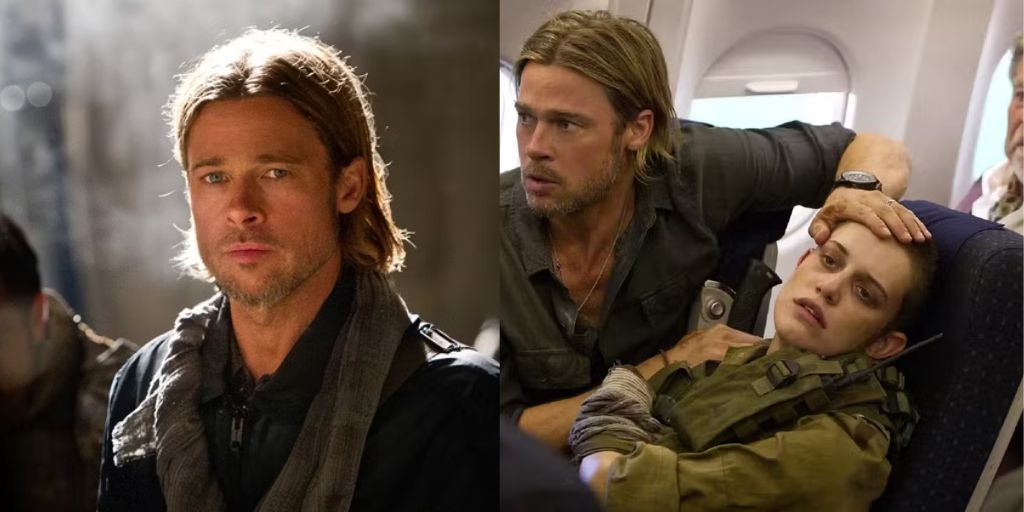
When the Malta shoot wrapped up, things got worse. The production team discovered a pile of forgotten purchase orders, which amounted to millions of dollars that hadn’t been factored into the original budget. Just weeks into shooting, World War Z was already over budget. This situation quickly created tension on set.
On top of these financial challenges, Forster began to clash with others involved in the production. John Nelson, the Oscar-winning visual effects supervisor who had worked on films like Gladiator and The Matrix, ended up leaving the project due to “creative differences” with Forster.
The director also had disagreements with Brad Pitt, and rumors circulated that the two were no longer on speaking terms. Yet, the wildest and most unexpected problem was still ahead.
Legal Trouble in Hungary Slows Filming
One of the final action scenes in World War Z was supposed to take place in Russia, but it was being filmed in Budapest, Hungary. On the morning of October 10, 2011, Hungarian police raided a warehouse where the production had stored weapons intended for use in the film.
Authorities seized 85 military-style assault rifles, handguns, and grenades, which were supposed to be non-functional. However, the guns were fully operational. Importing such weapons into Hungary was illegal, and there was concern that Brad Pitt or other members of the production team might face criminal charges. Fortunately, the charges were dropped on a technicality, and the weapons were returned to Pitt’s production company.
Ironically, none of the footage shot in Budapest made it into the final cut of the film. After filming wrapped, producers felt that the movie’s ending was too disconnected from the rest of the plot. They brought in Lost co-creator Damon Lindelof to rewrite the ending.
Lindelof recommended completely reshooting the final act of the film, which added an extra $20 million to the production costs. The final ending, filmed with a budget already stretched thin, was ultimately approved by the studio.
The High Costs and Unexpected Success
By the time World War Z was completed, the film had cost over $200 million to make, and with marketing expenses, the total cost came close to $400 million. The movie needed to make a significant amount of money at the box office just to break even.
Despite these challenges, the movie opened during a busy summer season, competing against major blockbusters like Iron Man 3, Man of Steel, and Star Trek Into Darkness.
However, World War Z surprised many by grossing over $540 million worldwide. This financial success helped salvage what seemed like a cursed production from the start.
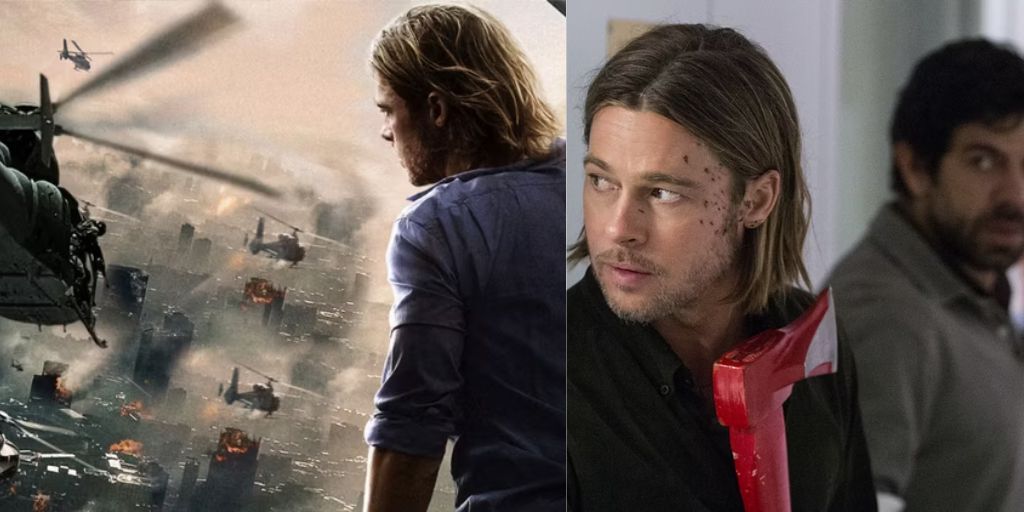
Despite the success of World War Z, a sequel was never made. There were reports that, as late as 2019, David Fincher was in talks to direct a sequel, with Brad Pitt set to return in the lead role.
However, Paramount refused to approve the $200 million budget required to make the sequel. Other factors, including scheduling conflicts, also prevented the project from moving forward.
Brad Pitt and David Fincher Faced Scheduling Conflicts
Brad Pitt and David Fincher have collaborated on multiple films in the past, including Fight Club, Seven, and The Curious Case of Benjamin Button. Their history of working together made the idea of a World War Z sequel exciting for many fans. However, scheduling conflicts soon became a major issue.
Pitt was already committed to making Once Upon a Time in Hollywood with Quentin Tarantino and later took on Ad Astra. Both films were highly successful, with Pitt winning an Oscar for his role in Once Upon a Time in Hollywood.
Fincher, meanwhile, was deeply involved in working on the Netflix series Mindhunter. With both Pitt and Fincher tied to other successful projects, the sequel to World War Z was pushed aside.
China’s Ban on Zombie Films Presented Another Challenge
Another major obstacle for the sequel was the potential box office losses in China. China has strict regulations that ban films featuring zombies, ghosts, or other supernatural elements. This restriction would have severely hurt the box office potential for a World War Z sequel, as China represents a large portion of global movie revenues.
With these restrictions in place, it seemed unlikely that a second movie could achieve the same financial success as the first.
Although many fans of World War Z were eager for a sequel, the combination of scheduling conflicts, financial concerns, and market restrictions made it highly unlikely. Considering all the challenges the original production faced, it’s surprising that the first movie was even completed, let alone became a box office hit.
World War Z is currently available for streaming on Paramount+ in the U.S.


